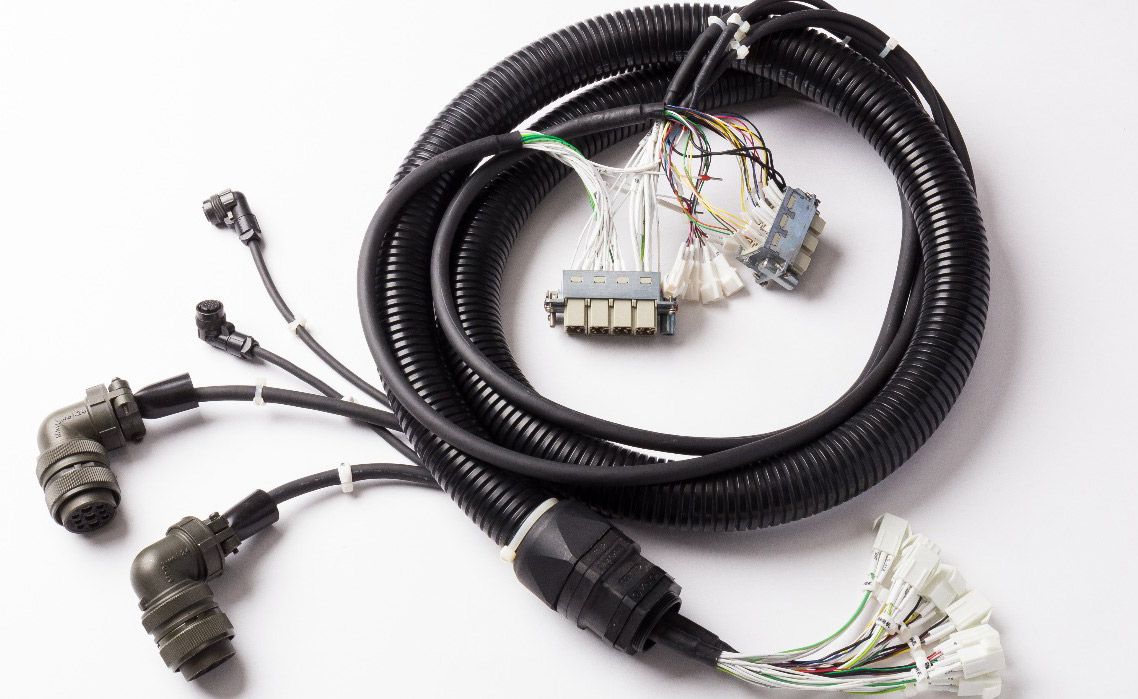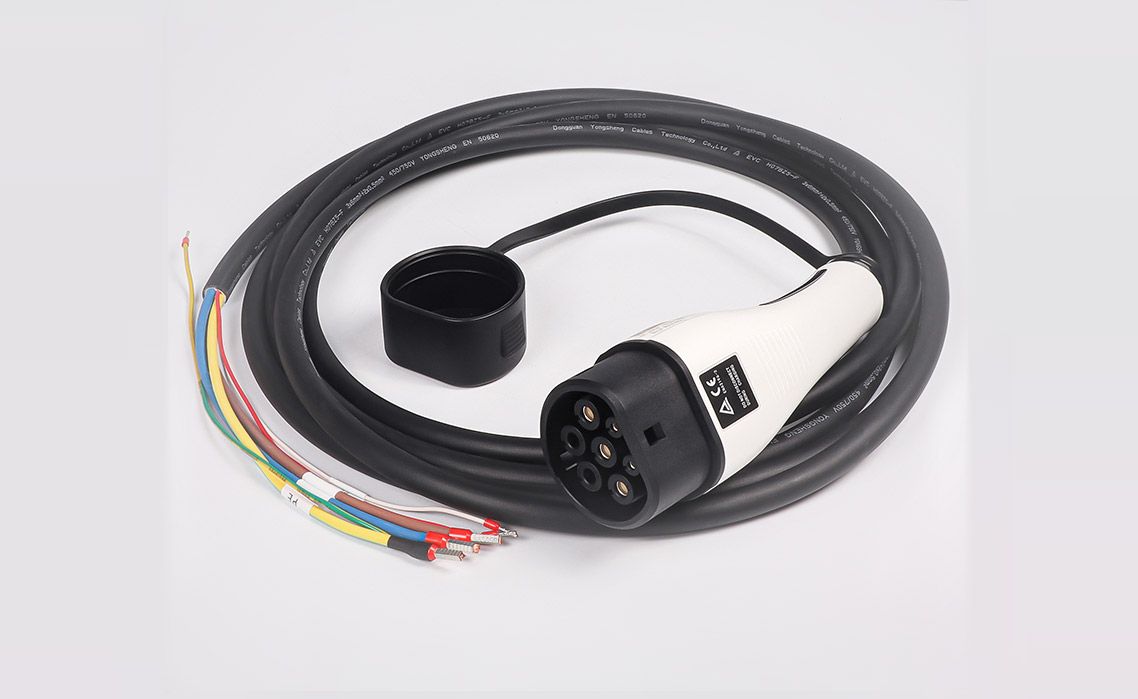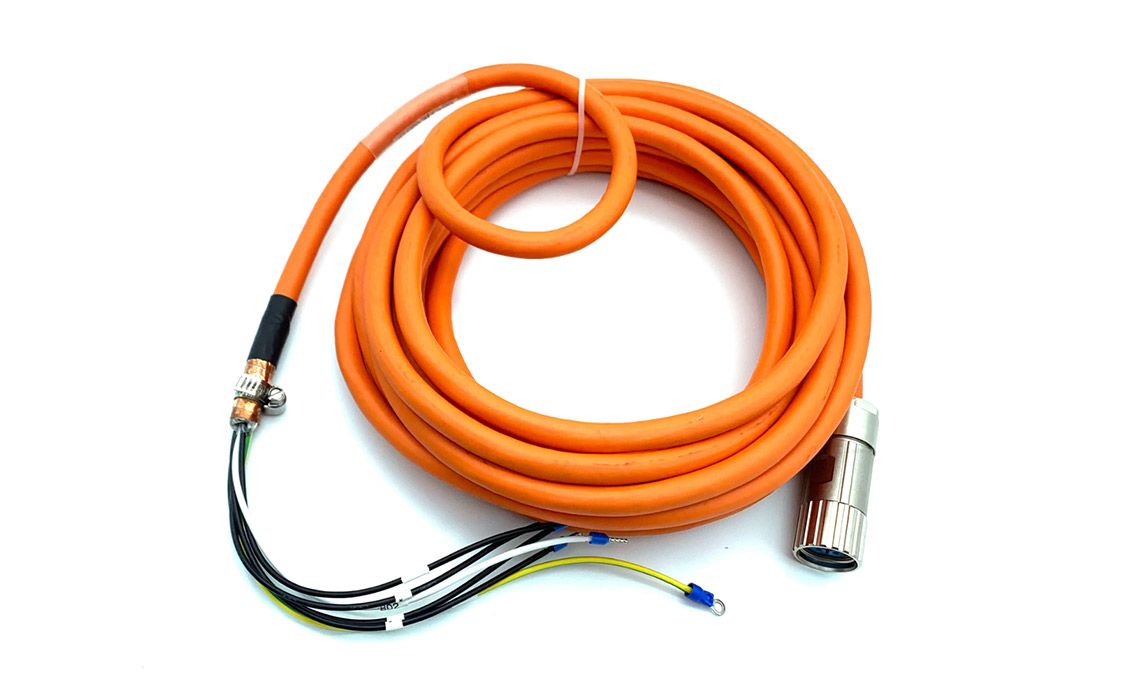Measures to improve the electromagnetic compatibility of cables and industrial robot cables

With the continuous development of robot fieldbus technology, its application field is no longer tied to car manufacturing, but has also been widely used in industrial equipment, industrial automation and other fields. However, the industrial environment is harsh and the electromagnetic disturbance is more severe, how to ensure the reliability of robot cable signal communication is particularly important. The electromagnetic compatibility function has a great impact on the working reliability of the robot communication system. Electromagnetic Compatibility EMC (Electro Magnetic Compatibility) refers to the ability of the electromagnetic energy generated by the equipment to neither disturb other devices nor be disturbed by the electromagnetic energy of other devices.
Electromagnetic compatibility mainly includes two aspects
- Electromagnetic Disturbance Emitting EMI (Electro Magnetic Interference) refers to the adverse electromagnetic disturbance effect of the product itself on the outside world. There are two kinds of conductive disturbance and radiation disturbance, conducted disturbance is to couple (annoyance) the signal on one electrical network to another electrical network through a conductive medium; Radiated disturbance is when a source of disturbance couples (annoyance) a signal to another electrical network through space.
- EMS (Electro Magnetic Susceptibility) refers to the degree of reduction in the successful use of electromagnetic energy structures.
At this time, it is necessary to choose certain skills and methods to restrain electromagnetic disturbances, called electromagnetic shielding. The so-called electromagnetic shielding is the use of conductive or magnetically permeable materials to bind electromagnetic radiation within a certain set of space. The purpose is to use a shield to surround the electromagnetic disturbance source, to restrain the disturbance of the electromagnetic disturbance source to the receiver in the surrounding space, or to use a shield to surround the receiver to prevent the source of disturbance from causing trouble.
Twisted pair shielded cable
Electromagnetic shielding can be divided into electric field shielding, magnetic field shielding and electromagnetic field shielding according to its shielding principle. In the meantime, the electric field shielding includes electrostatic field and alternating electric field shielding, magnetic field shielding contains stable magnetic field and alternating magnetic field shielding, and regarding electrostatic shielding, it can be divided into two situations: external electric field shielding and internal electric field shielding. Regardless of the kind of shielding, in essence, it is a question of how electromagnetic fields are distributed in various specific parts of space. In practice, different shielding methods should be selected according to different field sources.
In summary, the methods to improve the electromagnetic compatibility of robot cable signal communication can be divided into three types: emission protection, absorption protection, and conduction protection.
- Emission protection --- supply electronic equipment its own electromagnetic compatibility talents, select components with good electromagnetic compatibility function, reasonable layout, reduce ground impedance, and in the state of ambition, all ground wires on the circuit board should be equipotential.
- Absorption protection--- control induction cable troubles, use twisted pairs, increase the degree of twisted pairs, shield grounding, add impedance to restrain common-mode troubles, and separate bus terminals.
- Conduction protection--- blocking and protection of conduction disturbances, blocking transceivers, and using signal protectors to eliminate disturbances.

